First Teaser Trailer for Conan the Barbarian
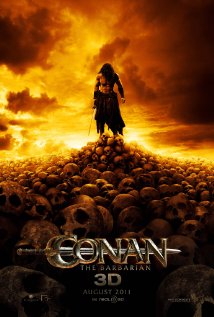 The first trailer for the new 3D remake of Conan the Barbarian has been unleashed this week by Lionsgate.
The first trailer for the new 3D remake of Conan the Barbarian has been unleashed this week by Lionsgate.
The trailer is quite brief (one minute), and doesn’t show much beyond a lot of smoke, a few poorly nutritioned villains, a beautiful woman, and some goofy dialog on how to achieve contentment through slaying. That part reminded me of Buffy the Vampire Slayer, but with more swords and a better soundtrack.
The brief film description reads:
The tale of Conan the Cimmerian and his adventures across the continent of Hyboria on a quest to avenge the murder of his father and the slaughter of his village.
I don’t remember anything about his father in the original version. But as Howard Andrew Jones is constantly telling me, I probably need to read more Robert E. Howard.
The finished film will be released on August 11, 2011. It is directed by Marcus Nispel and stars Jason Momoa (Stargate: Atlantis) as Conan.
The film also stars Ron Perlman, Stephen Lang, and Rose McGowan, who’s preparing her own take on a Robert E. Howard character in the upcoming Red Sonja, also scheduled for release this year.
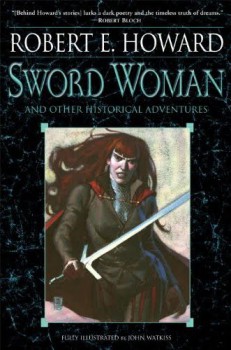
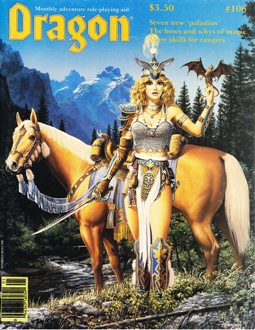
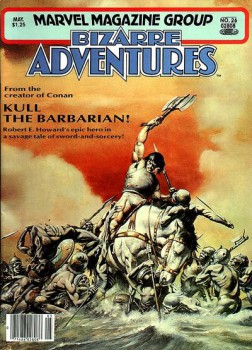
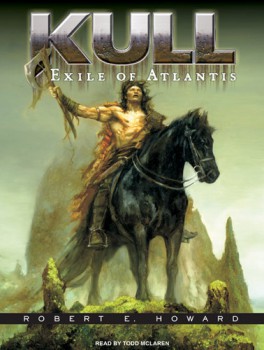
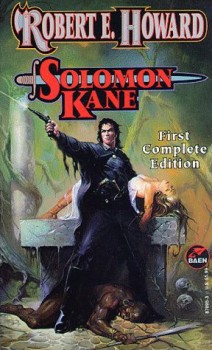
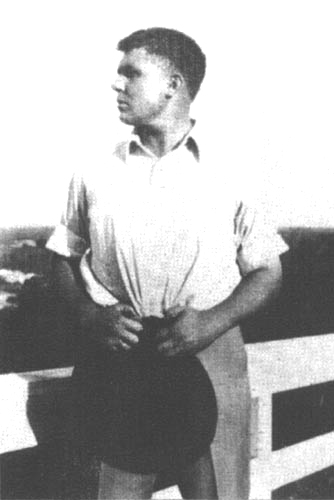
 Not to beat the subject, like Fingon, to death, but neither writer is trod into the mire by a comparison to the other. The shortest distance between these two towers is the straight line they draw and defend against the dulling of our sense of wonder, the deadening of our sense of loss, and the slow death of imagination denied.
Not to beat the subject, like Fingon, to death, but neither writer is trod into the mire by a comparison to the other. The shortest distance between these two towers is the straight line they draw and defend against the dulling of our sense of wonder, the deadening of our sense of loss, and the slow death of imagination denied.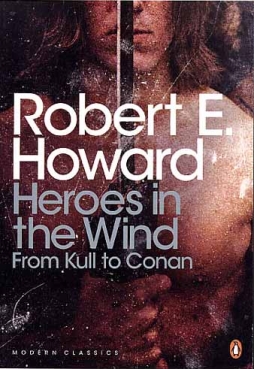 Another year’s drawing to a close, and with it the first full decade of the twenty-first century. It’s a time for looking back, for thinking over what’s happened and what’s going on, in fantasy fiction and elsewhere. I don’t pretend to be in a position to make any worthwhile assessment of fantasy as a whole; but I do want to write about a change that seems to be in process right now. I think it’s a positive change, and potentially a radical one. And I can remember the moment I realised it was happening.
Another year’s drawing to a close, and with it the first full decade of the twenty-first century. It’s a time for looking back, for thinking over what’s happened and what’s going on, in fantasy fiction and elsewhere. I don’t pretend to be in a position to make any worthwhile assessment of fantasy as a whole; but I do want to write about a change that seems to be in process right now. I think it’s a positive change, and potentially a radical one. And I can remember the moment I realised it was happening.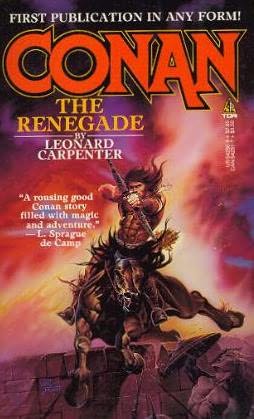 Conan the Renegade
Conan the Renegade